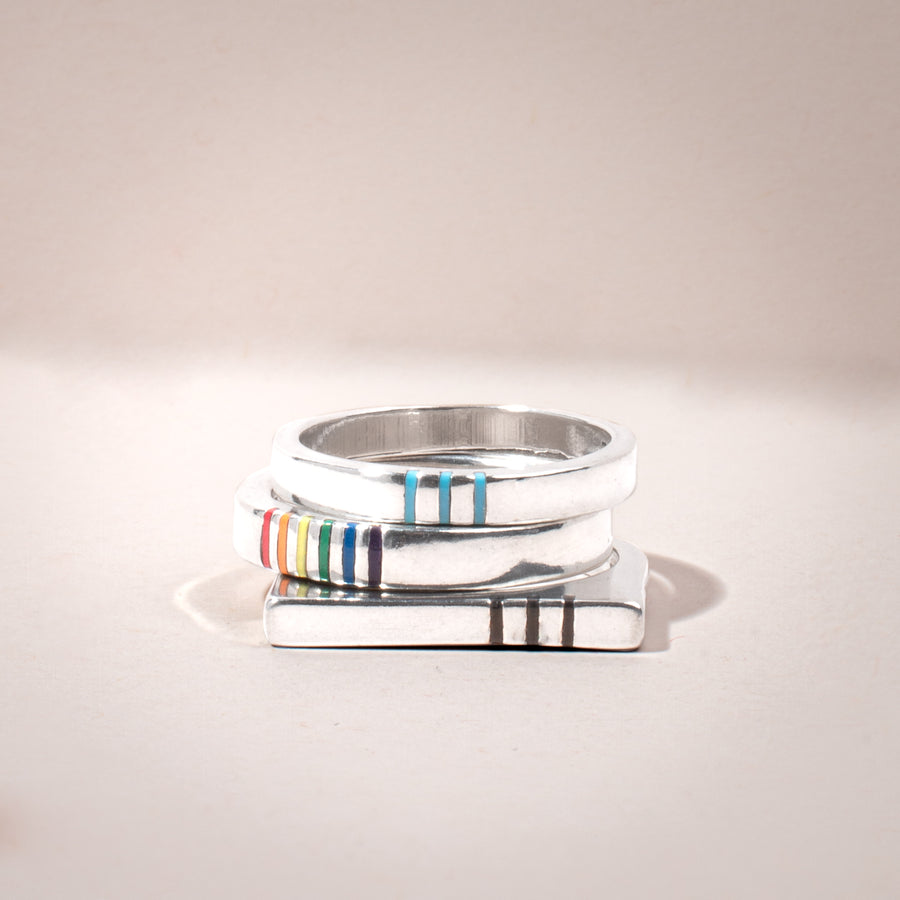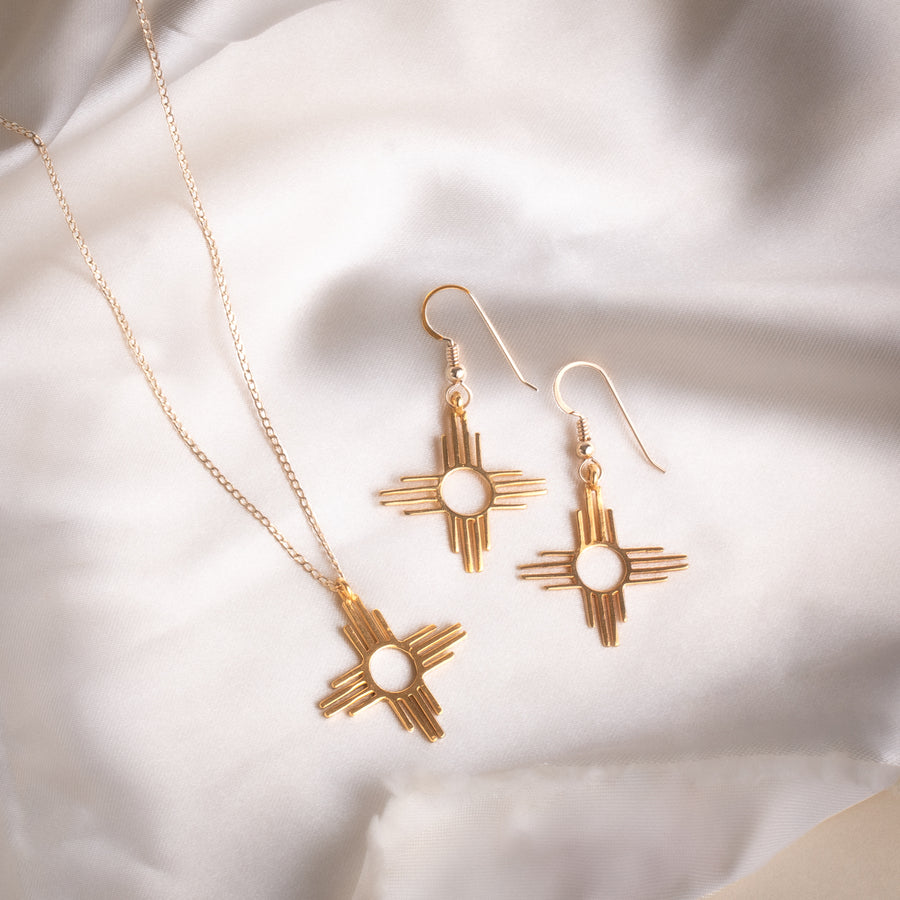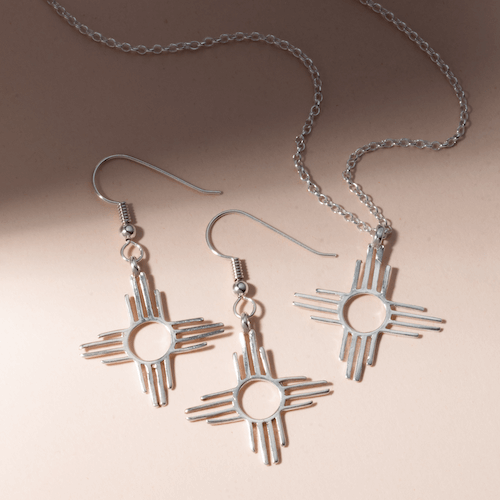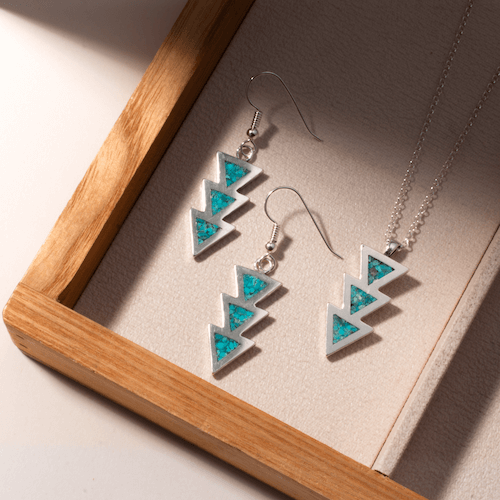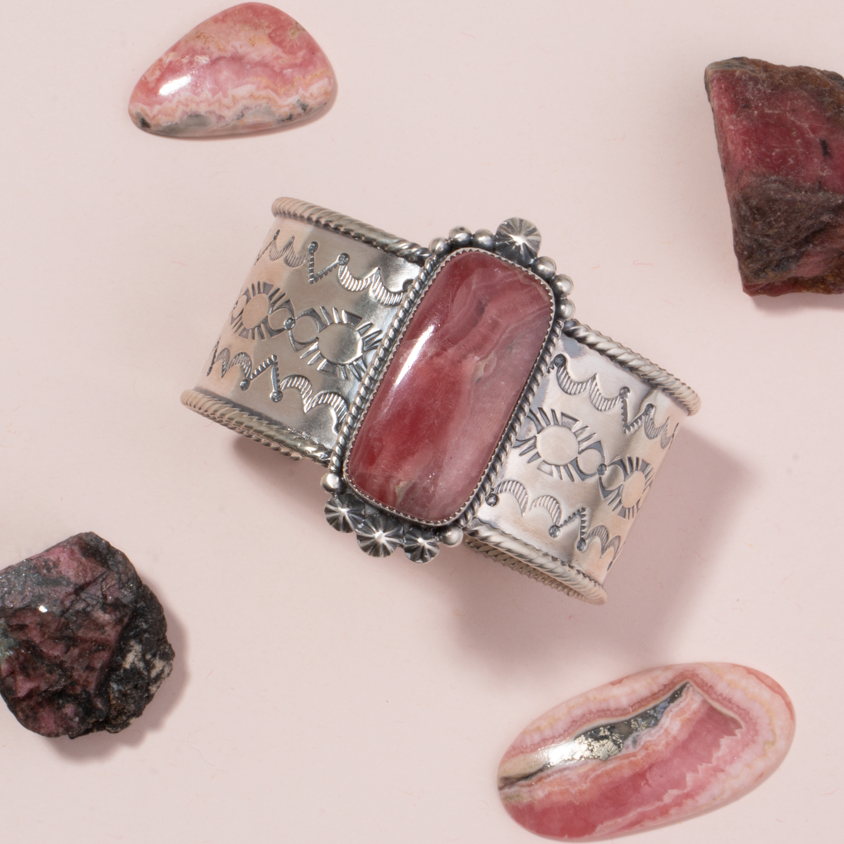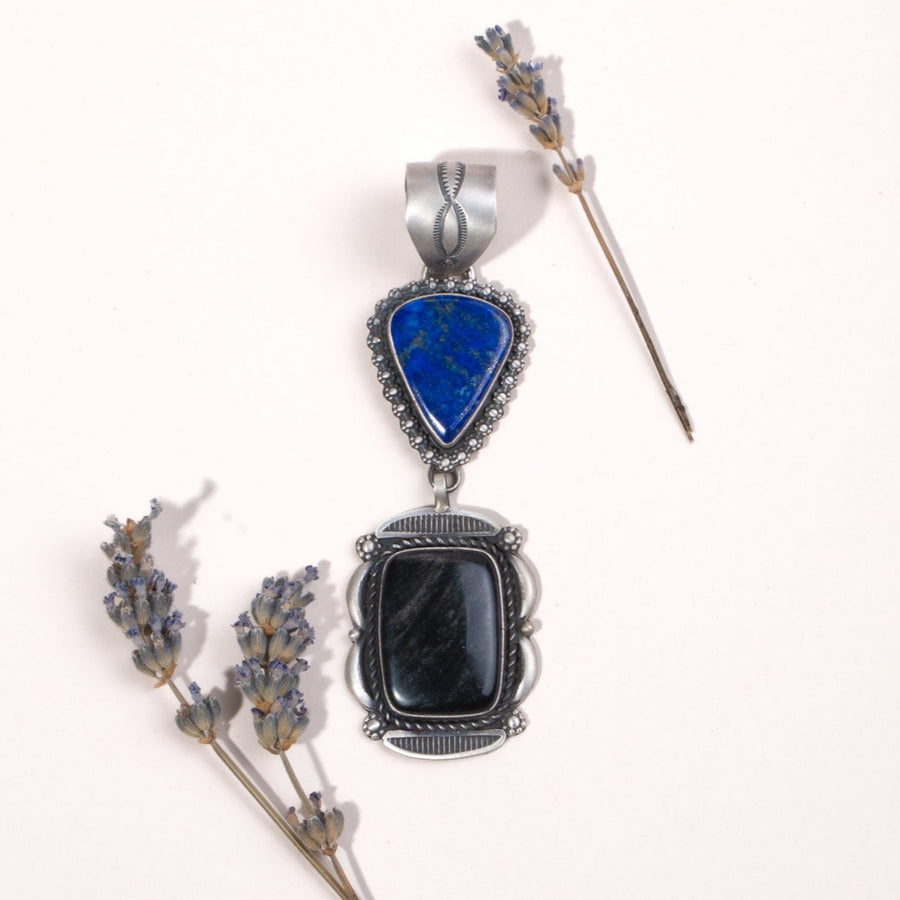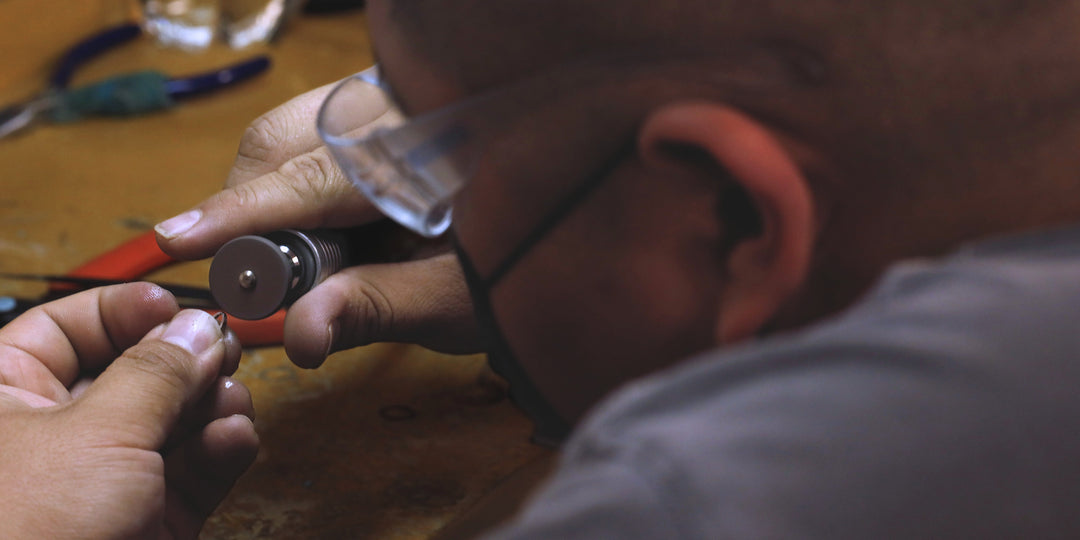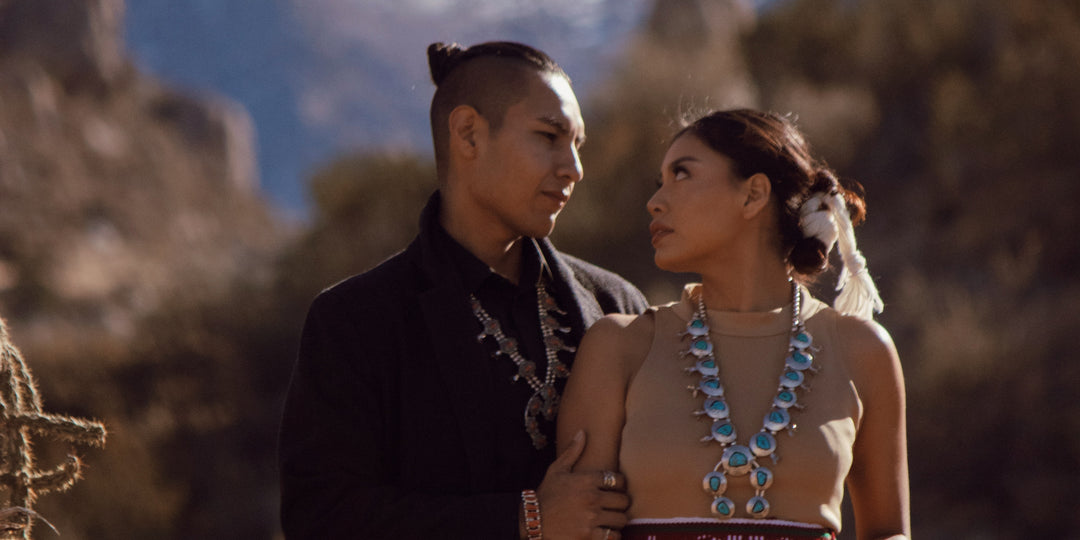The Evolution of a Squash Blossom Necklace
The squash blossom necklace is a reflection of history, art and culture. Art is a fluid medium, changing and adapting to the spirit of the artist and the perceptions of the surrounding culture. Even styles which become associated with a particular group or time period can be the result of interactions with other communities in the past. Humanity seldom lives in isolation, so it is not unusual for such interactions to leave a trace in the art and culture of a group.

Communities often find themselves in close contact with other communities who may or may not share their values and traditions. In spite of these differences, there can still be sharing which alters some aspect of each community. Art is especially susceptible to this alteration. This type of change can be seen with a popular piece of Native American jewelry, the squash blossom necklace.
The squash blossom necklace as a jewelry style has been around for quite a while. It was a favored piece of Native American jewelry in the 1970s, which led to a boom in its creation. Though it is made by Pueblo artists as well, the squashblossom necklace has come to be associated most of the time with Navajo silversmiths. The necklace consists of silver beads formed into the shape of a flower with a crescent-shaped pendant known as a “naja” in the center. There are generally five or six flowers on each side of the naja.

(left) Squash blossom necklace made with Naja only with silver bench beads. (right) 6 blossoms or “squashes” are added to each side.
Today’s version of the necklace includes turquoise “beads” or, more accurately, a “turquoise cabochon in a bezel setting”. Three silver pieces are placed on the side of the cabochon to form petals. These petals can come in a variety of styles: small, long, thick or thin. Each squash blossom necklace is a unique work of art.
The naja reveals the historic interactions which gave birth to the squash blossom necklace. Most believe this crescent-shaped pendant was adapted from the iron ornaments which adorned the horse bridles of the Spanish Conquistadors. The arrival of the Spaniards in the southwest United States in the late 1500s and early 1600s brought the Navajo into contact with these ornaments, which they collected either through trade or capture.
History takes the najas back even further, however, as they are believed to have been created from the influence of the Moors who invaded and occupied Spain for a period of time. This fact is yet another example of how interactions, even those which are not largely beneficial, can shape the art and culture of contact communities.
It is presumed that at first the Navajo strung the pendants on a leather strip. There are some who believe the naja was associated with crop fertility, so the pendants would be worn during ceremony. Later silver beads were added, though not in the well-known flower design. Then silver petals were added to the overall style of the necklace, creating what we now call the squash blossom.
As time went on, the style of the necklace continued to evolve. Zuni silversmiths added an inlay of turquoise to the design sometime in the nineteenth century. These adaptations continued the interactive trail of the style, blending both Navajo and Pueblo thought into the jewelry.
Another interesting facet of the history of the squash blossom necklace has to do with its name. The style of the jewelry does not give the impression that it was named for the squash blossom, nor do any of the Native artists seem to believe that to be the case. As a matter of fact, the Navajo name for the tri-petal bead is “yo ne maze disya gi“, which translated means “bead that spreads out”. This name leaves off any connection to the squash blossom itself. One theory is that a non-native interpreted the design to be something which the artist did not intend. No matter what the reason, the name has stuck with the style.
As the design itself has blossomed from the cultural interactions of different groups over time, so have the artists who produce this beautiful necklace. Each Native American artist has taken this piece and made it their own, leaving the stamp of their creativity on the design. This attention to detail and blending of tradition with artistry is what makes the squash blossom necklace such a valued piece of jewelry.

Resources:
http://www.native-languages.org/squashblossom.htm
http://americanindianoriginals.com/squash-blossom-history.html
http://www.americana.net/articles/2011/12/the-squash-blossom-necklace/
http://www.examiner.com/article/what-is-a-squash-blossom-necklace
